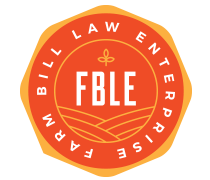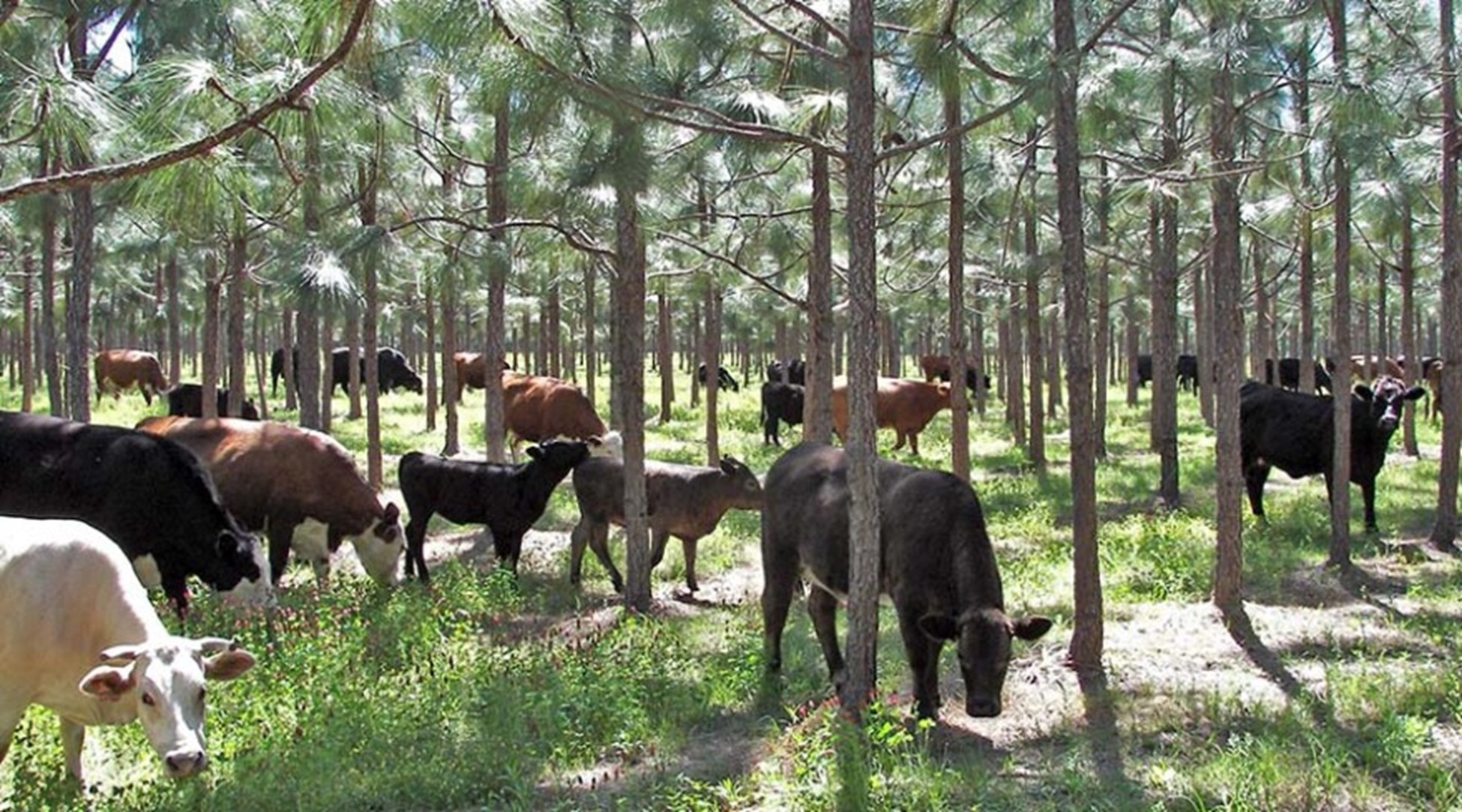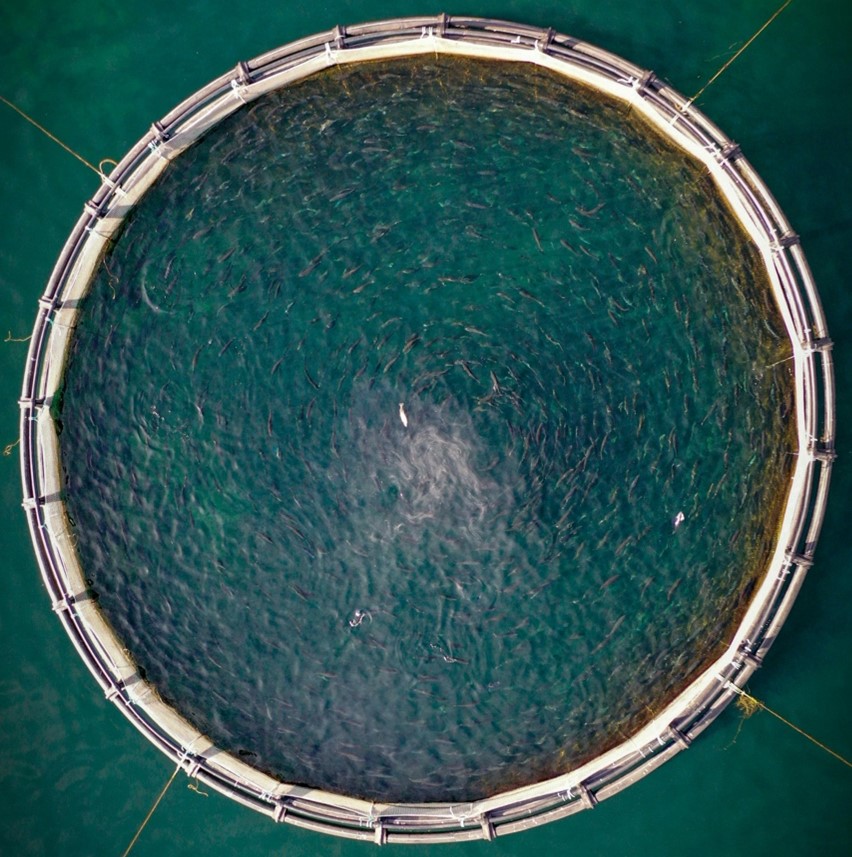Grace Huddleston is a law student in the HLS Food Law & Policy Clinic and a guest contributor to this blog.
Agroforestry has the power to reinforce climate resilient landscaping, improve water quality, and provide economic stimulation for farmers. Agroforestry initiatives may also soon receive a significant expansion thanks to H.R. 8467 §8301, the current House draft of the 2024 Farm Bill, and the Rural Prosperity and Food Security Act proposed by U.S. Senate Agriculture, Nutrition and Forestry Committee Chairwoman Debbie Stabenow. The House draft of the 2024 Farm Bill expands authorization for agroforestry research and initiatives, provides a definition of agroforestry and its relevant practices, and allows for the creation of additional, regional agroforestry centers. The new version of the farm bill would authorize up to $7 million annually towards agroforestry, a $2 million annual increase from the previous farm bill, or a possible additional $10 million over the next five years. The expanded inclusion of agroforestry is partially responsive to the recommendations developed by the Agroforestry Coalition, a network of agroforestry experts, but future iterations of the farm bill should strengthen their integration.
The Agroforestry Coalition has ten recommendations for the implementation of agroforestry initiatives through the 2024 Farm Bill, and the current draft partially or fully integrates six of them, and omits the last four recommendations.
First, the house farm bill Section 8301 defines agroforestry in part as “a management system that intentionally integrates trees and shrubs into crop and animal farming systems to build more profitable and weather-resilient farms, ranches, and communities, address natural resource concerns and conservation needs, and establish productive and sustainable land use practices” using a variety of practices listed in the statute. This means that the federal government will have a standard definition of agroforestry which is important for ensuring consistency and empowering agencies to act through the authority conferred to them by statute.
Second, Section 8301(c)(1) authorizes agroforestry centers to provide technical assistance to farms in the region. Third, the bill adds agroforestry to the list of practices that are eligible for Environmental Quality Incentives Program (EQIP) Conservation Innovation Grants under Section 2204. Fourth, the bill includes silvopasture, a farming practice that integrates trees into grazing land, as a practice within the definition of agroforestry. This means that it should be eligible under the EQIP grants as well. Fifth, the farm bill requires the National Agroforestry Producers Survey to be conducted within the five years after the farm bill is enacted, and every five years thereafter. This is an extension of the National Agroforestry Survey, initiated by U.S. Department of Agriculture (USDA) in 2022, and will allow for ongoing data collection.
The recommendation to establish additional agroforestry centers is partially addressed by the house draft but falls short of the Agroforestry Coalition’s proposal. The Agroforestry Coalition requests the establishment of at least three regional agroforestry centers, and while the bill authorizes more centers, it only requires one. Future drafts of the bill should consider requiring additional regional centers that can provide research support and technical assistance to broader swaths of the U.S., ideally in a more localized way. Given that region-specific technical assistance can be based out of the agroforestry centers, the creation of additional centers expands the scope of this assistance for farms across regions.
There are four recommendations that are not currently in the farm bill draft. First, the bill does not make perennial agroforestry systems eligible for supplemental payments, nor does it establish regional agroforestry bundles. These bundles, created through the Conservation Stewardship Program (CSP), would group conservation practices to incentivize adoption of region-specific practices to address natural resources concerns. Bundling programs could create more efficient use of agroforestry techniques, and in conjunction with additional regional centers, these packages could be responsive to localized environmental needs. Second, the bill does not link support for bolstering regional tree seed and seedling supply chains with agroforestry practices. This is a missed opportunity to again use the regional aspects of agroforestry centers, as well as well as the conservation benefits of agroforestry, to address an ongoing need. Third, there is no support for promotion and marketing of agroforestry products within the Local Agriculture Market Program (LAMP). A program like the one suggested by the Agroforestry Coalition would establish a guaranteed market for agroforestry products to encourage their development. Finally, while the Agroforestry Coalition requests that the Conservation Reserve Program (CRP) establish a new agroforestry initiative and expand support across different aspects of the program, there is no explicit tie between CRP and agroforestry in the bill. Given this, future iterations of the farm bill should link CRP initiatives and agroforestry to provide another explicit pathway to support agroforestry programs and help achieve the CRP goals.
There is indication that agroforestry will receive bipartisan support, making it an area ripe for advocacy to strengthen the current provisions. Agroforestry predates modern U.S. industrial farming, having been long practiced by indigenous farmers. By learning from these traditions and integrating them into modern farming, the potential impact of agroforestry cannot be understated. The research supported by this bill will create advances in technology with environmental benefits and ideally contribute to more sustainable agricultural practices. As the agroforestry industry grows, lawmakers must continue to be in conversation with farmers, conservationists, and scientists to respond to their evolving needs. Hopefully the 2024 Farm Bill will be the launching pad for this relationship.
The views and opinions expressed on the FBLE Blog are those of the authors and do not necessarily reflect the official policy or position of FBLE. While we review posts for accuracy, we cannot guarantee the reliability and completeness of any legal analysis presented; posts on this Blog do not constitute legal advice. If you discover an error, please reach out to contact@farmbilllaw.org.


